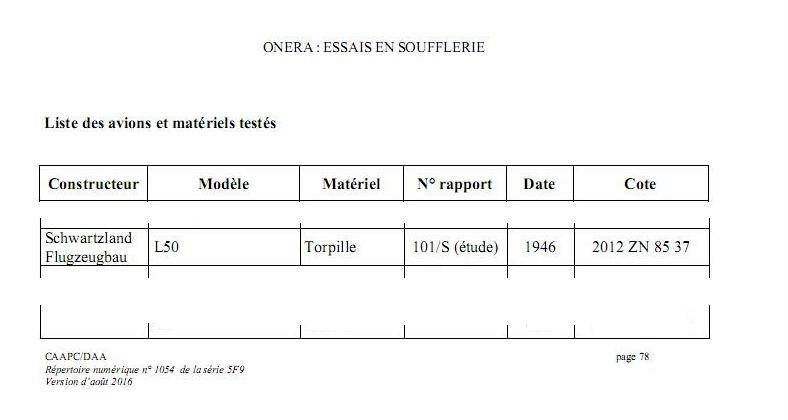klem
I really should change my personal text
- Joined
- 7 March 2015
- Messages
- 707
- Reaction score
- 1,530
Following the example of its allies, France was interested in German prototypes, and for this reason, during the second half of 1945, a Groupement d'Aéronautique Navale (G.A.N.E.S) was created in Hechingen, Germany, for the experimentation of special devices and remotely piloted bombs recovered in Germany. In December 1944, this test section of the Commission d'études pratiques d'aéronautique (CEPA), became squadron 10 S, intended for the special tests undertaken by the G.A.N.E.S on torpedoes.
The French navy, not wanting to be left behind in the Allied rush for German spoils, organized an inspection commission of captured German military companies, so that by the end of 1945, France was able to get its hands on this technology and its engineers.
After examining these recovered machines, the French Navy came up with the L50 MACREUSE, which was built in Saint Tropez. A simple configuration the body of the machine is none other than a German torpedo F5 and a delta wing, equipped with an automatic pilot taken from the V1, this one was to be released from an altitude of 2 km and continues its trajectory on approximately 15 km and release the torpedo. 60 of these torpedoes were launched from 46 to 47. It turned out that the program in general was not satisfactory.
However, these after-war French attempts to use recovered German advances were also aimed at another vision, that of testing and mastering these new technological approaches born across the Rhine by French specialists.
The French navy, not wanting to be left behind in the Allied rush for German spoils, organized an inspection commission of captured German military companies, so that by the end of 1945, France was able to get its hands on this technology and its engineers.
After examining these recovered machines, the French Navy came up with the L50 MACREUSE, which was built in Saint Tropez. A simple configuration the body of the machine is none other than a German torpedo F5 and a delta wing, equipped with an automatic pilot taken from the V1, this one was to be released from an altitude of 2 km and continues its trajectory on approximately 15 km and release the torpedo. 60 of these torpedoes were launched from 46 to 47. It turned out that the program in general was not satisfactory.
However, these after-war French attempts to use recovered German advances were also aimed at another vision, that of testing and mastering these new technological approaches born across the Rhine by French specialists.



